Trusted by
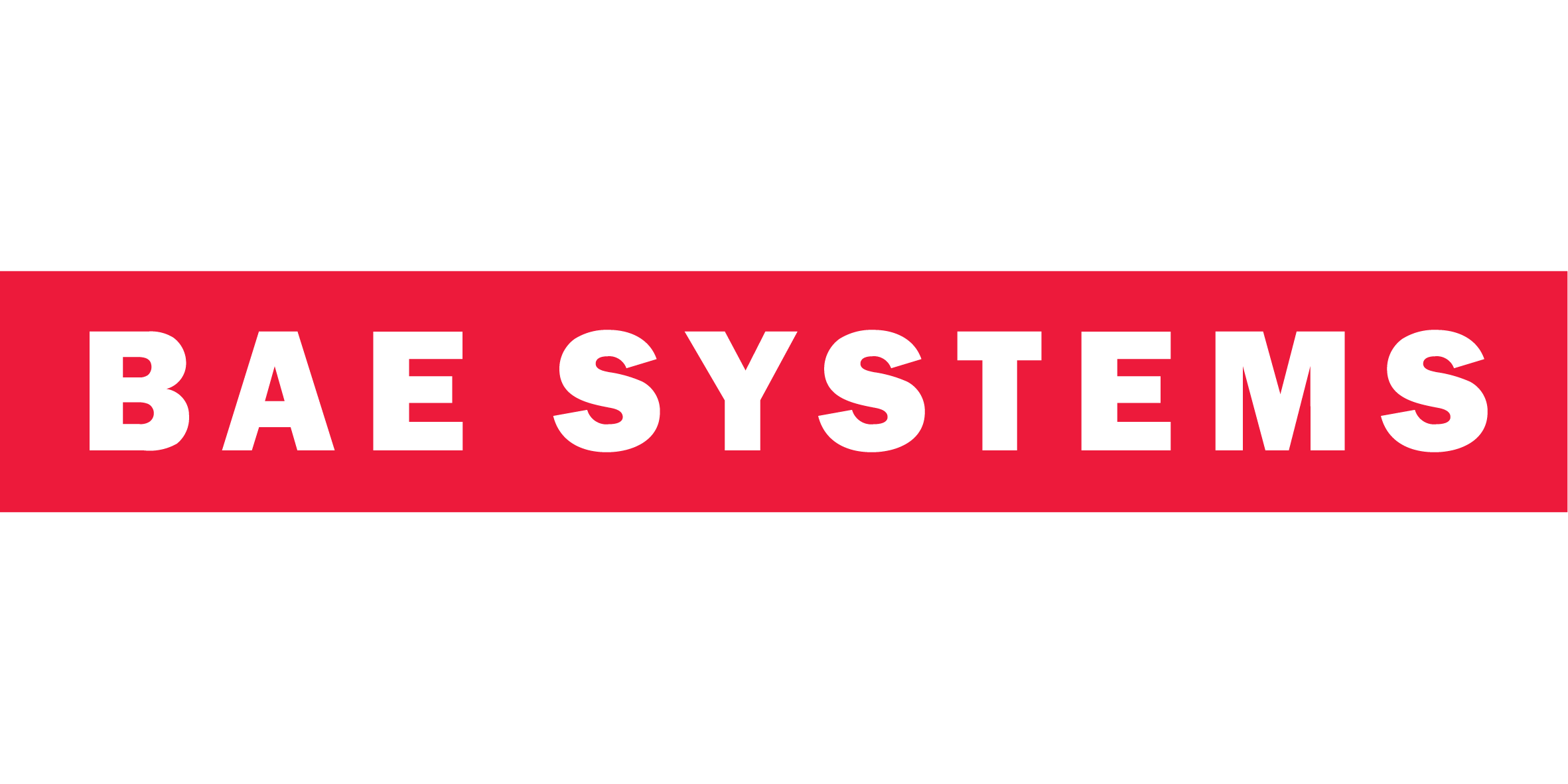
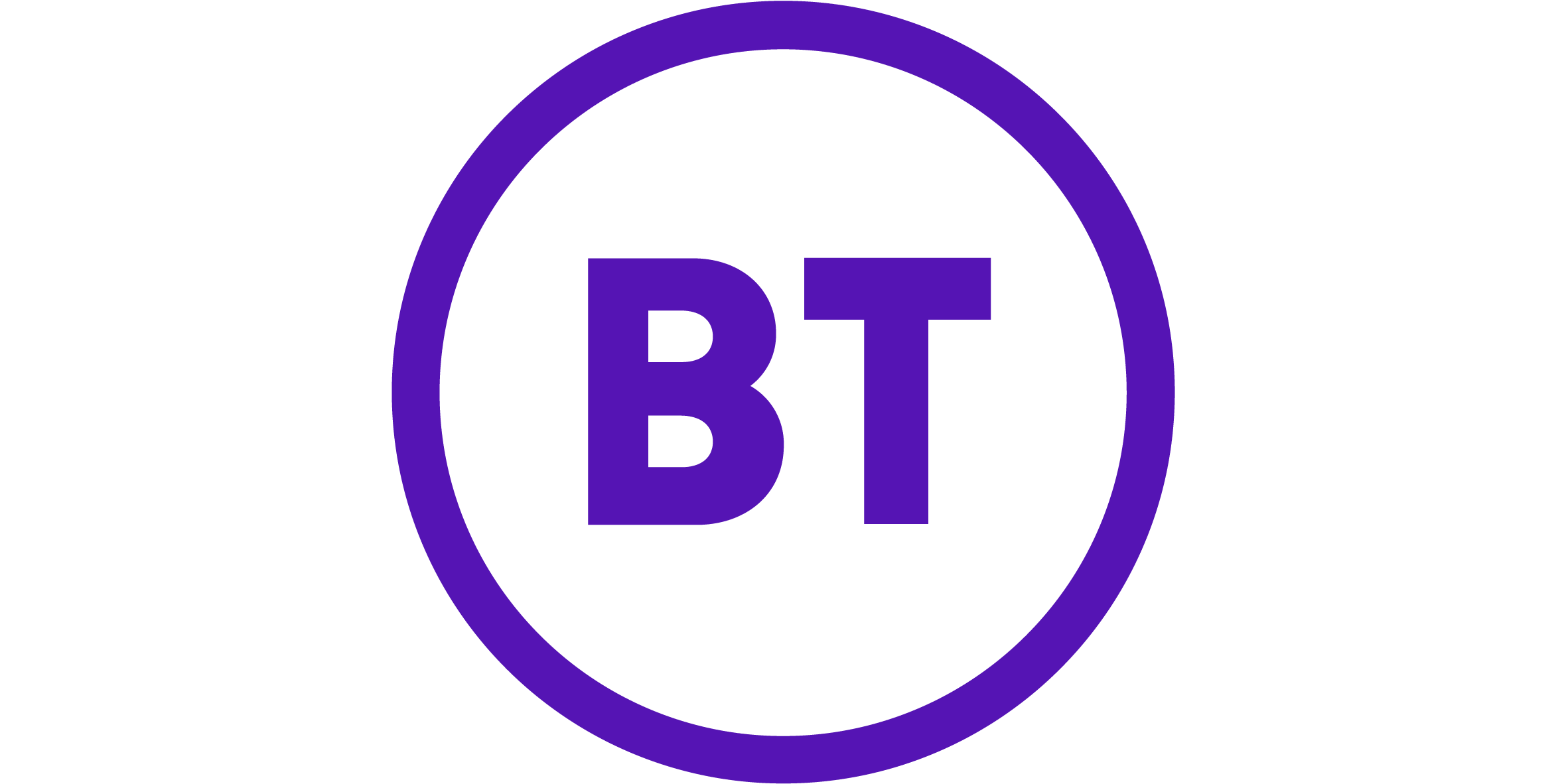
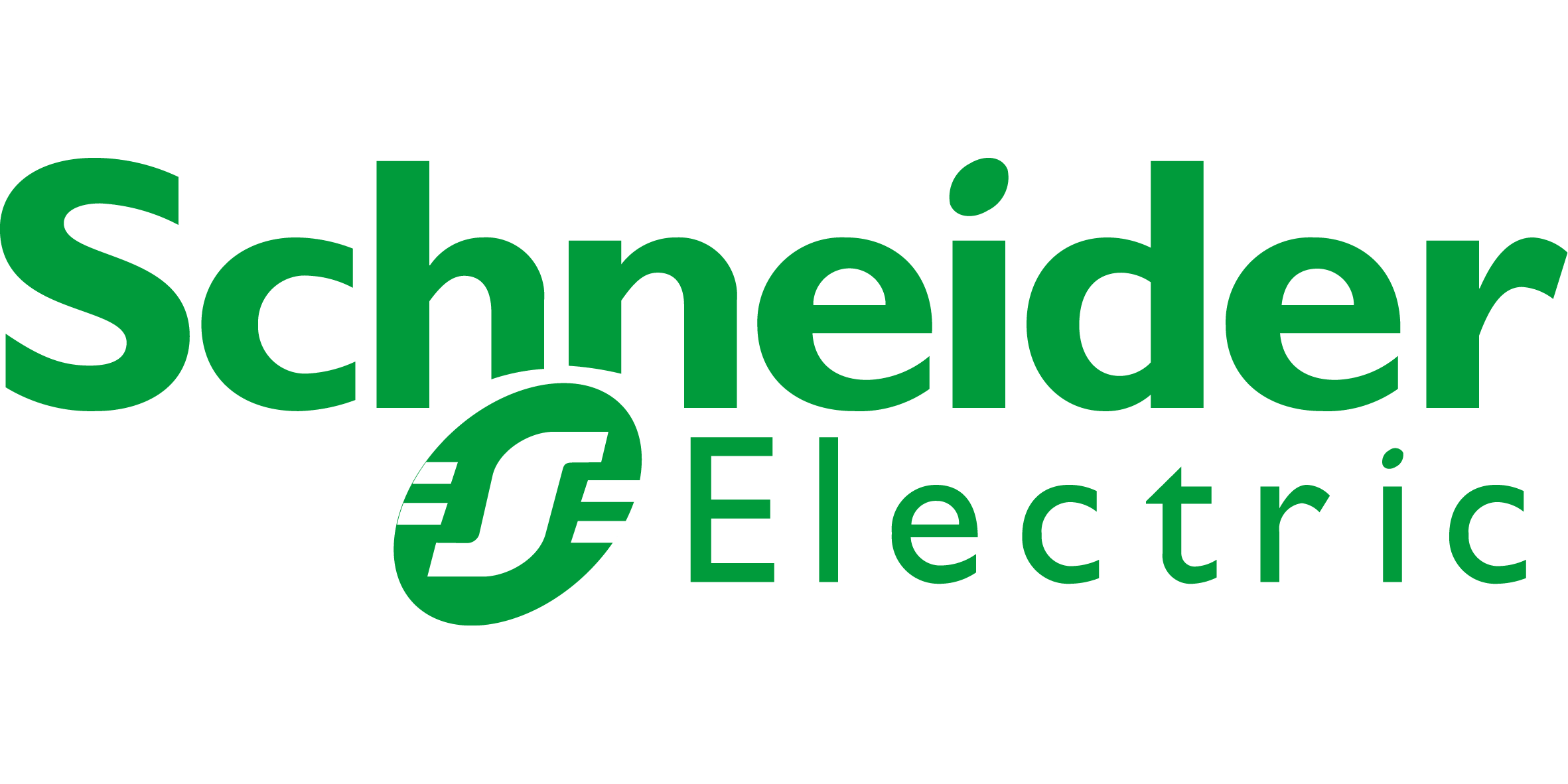

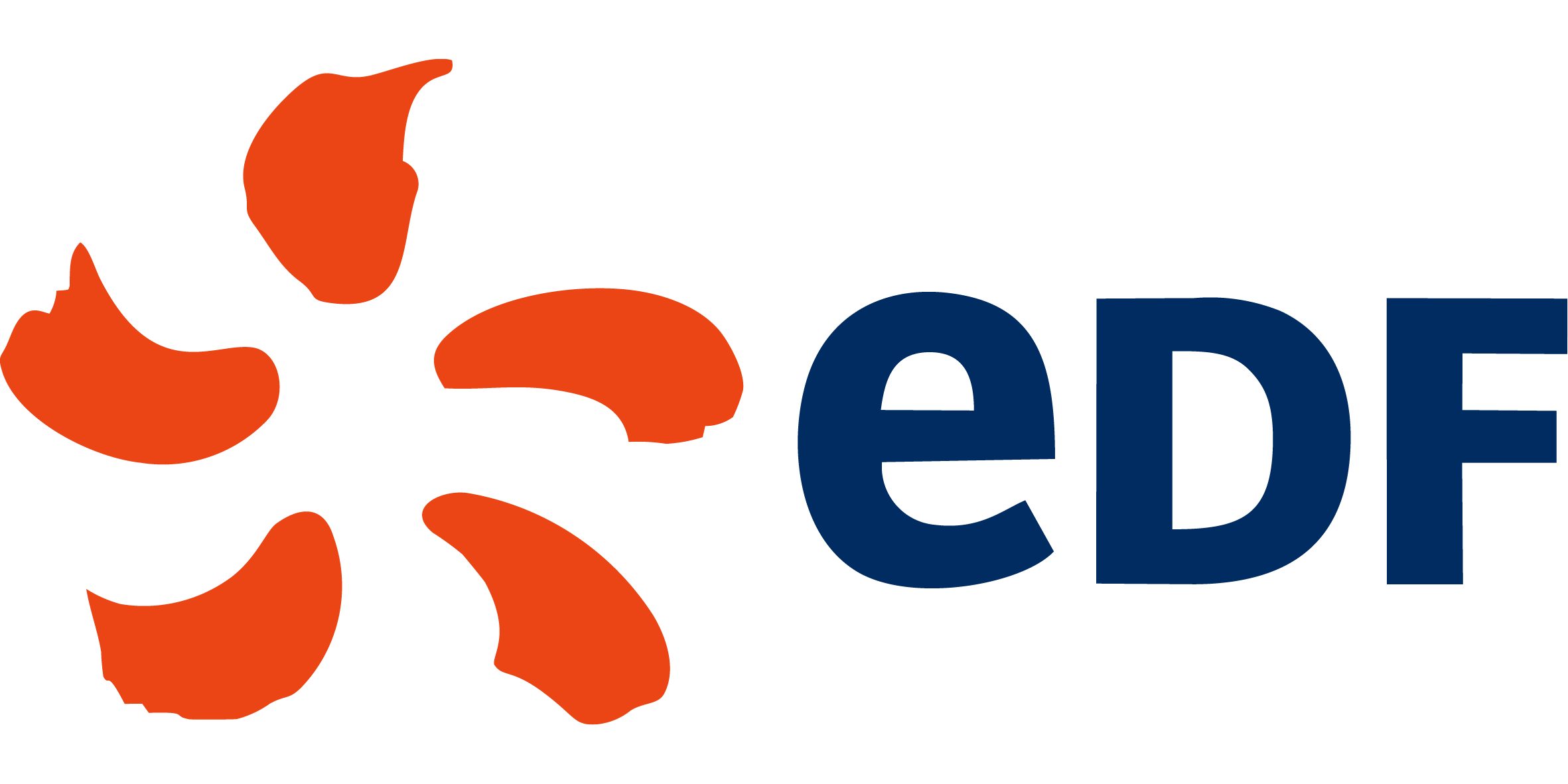
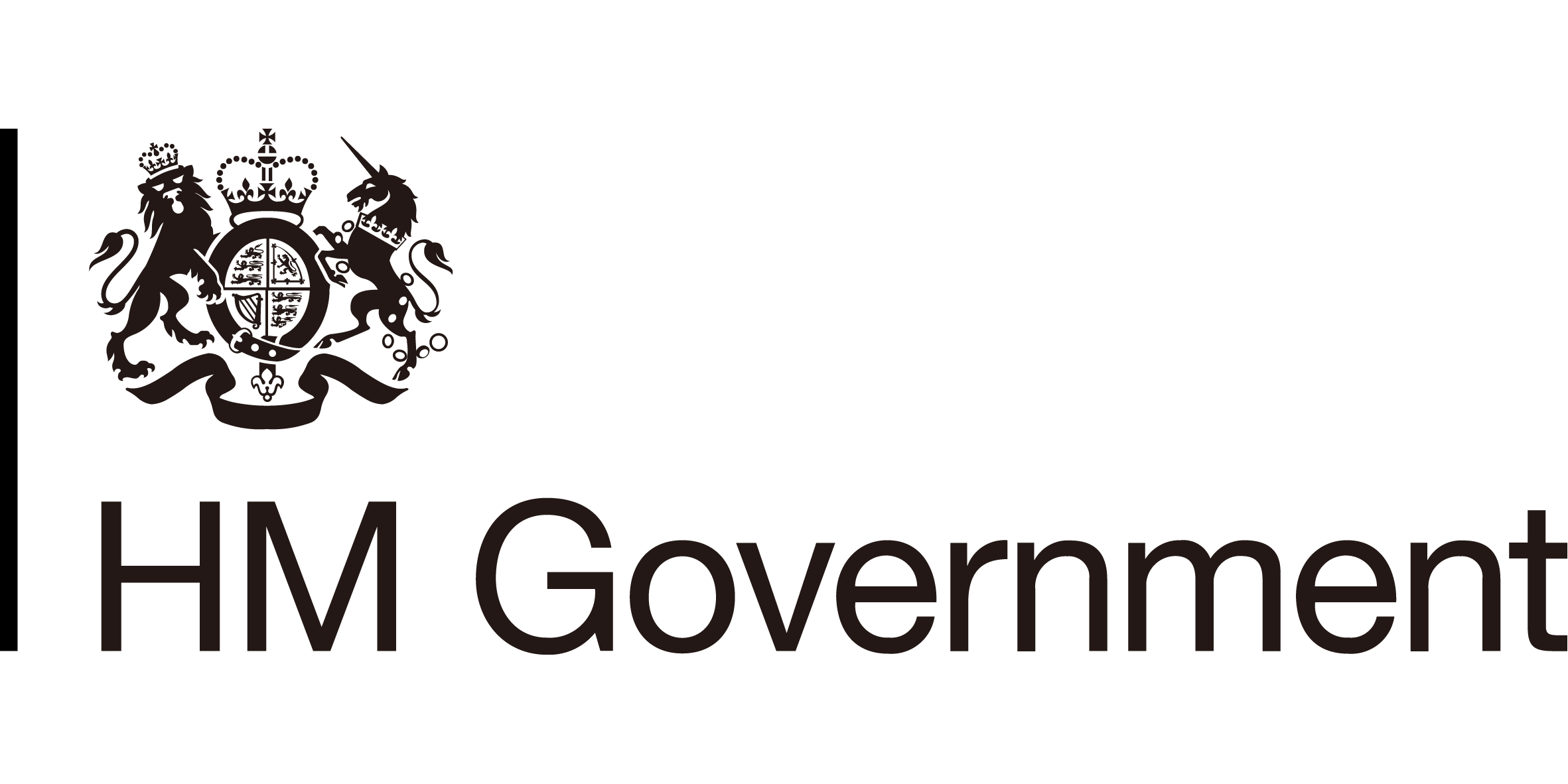
Outcomes
Secure Data Transfer
Splunk Import & Export
Secure Voice & Video
Connecting Segregated Domains
TrustedFilter®
TrustedFilter® is a cybersecurity software solution developed by 4Secure to enable secure and seamless movement of data across environments that have different security requirements.
Enhancing traditional security frameworks, TrustedFilter® normalises, inspects and verifies data at the content level, working alongside firewalls and other technology to strengthen overall protection.
Deployable both on-premise and in the cloud, TrustedFilter® brings data assurance that was previously only available through specialist hardware.
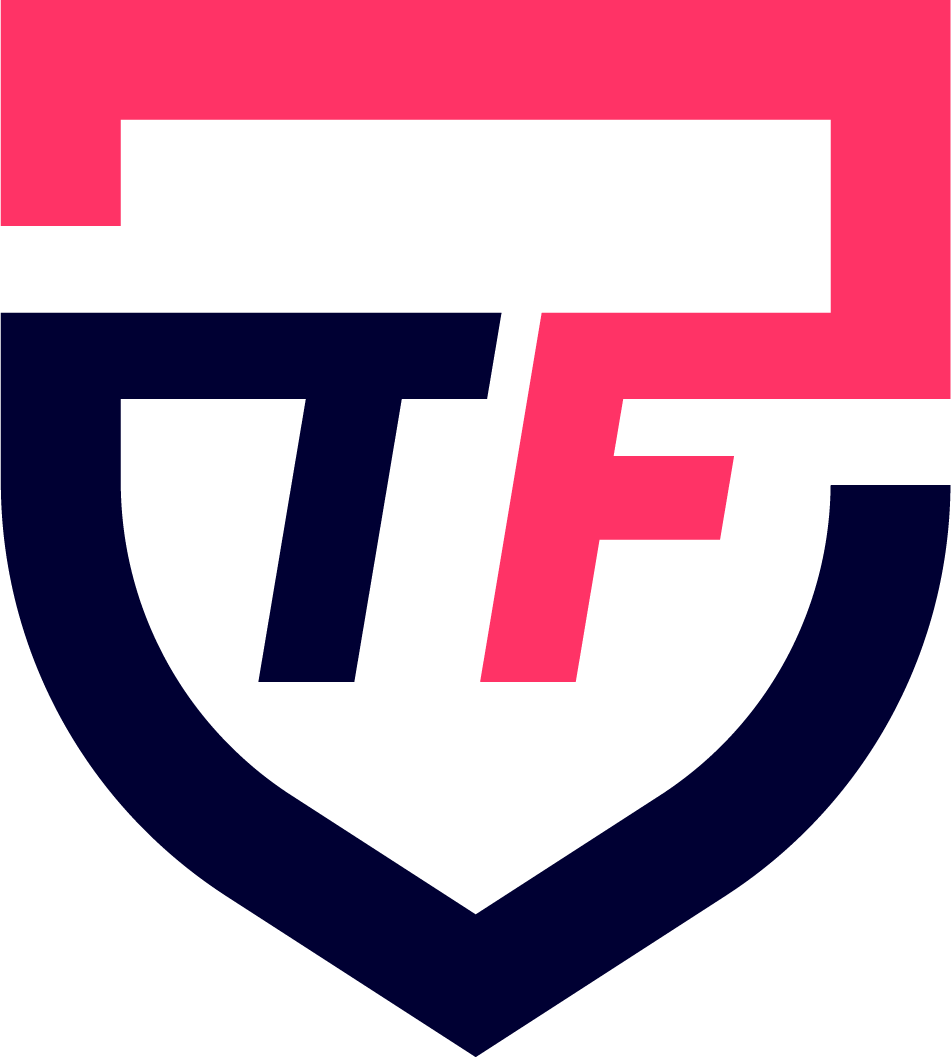
Data Diodes
Data diodes are specialised hardware devices that enforce unidirectional data flow, ensuring absolute separation between networks. By allowing data to move in only one direction, they eliminate the risk of cyber threats infiltrating secure systems, making them essential for defence, critical national infrastructure, and high-security environments.
At 4Secure, we go beyond just supplying data diodes – we deliver tailored, high-performance solutions that integrate seamlessly into your infrastructure and deliver critical insights for strategic advantage.
Cross Domain Solutions
Cross Domain solutions (CDS) enable the secure transfer of data between networks of differing security classifications, ensuring that sensitive information remains protected while allowing critical operations to function seamlessly.
Whether facilitating secure information sharing in defence, protecting critical national infrastructure, or enabling compliance in regulated industries, CDS provide controlled, policy-enforced data exchange without introducing cyber risk.
We design and implement high-assurance, mission-ready cross-domain solutions tailored to your operational needs. Our expertise spans secure data transfer, protocol validation, and real-time content inspection, integrating both hardware-enforced security and intelligent software controls.
With a deep understanding of defence, government, and critical infrastructure challenges, we deliver robust, accredited, and future-proof solutions that empower organisations to share data safely, efficiently, and with full confidence.
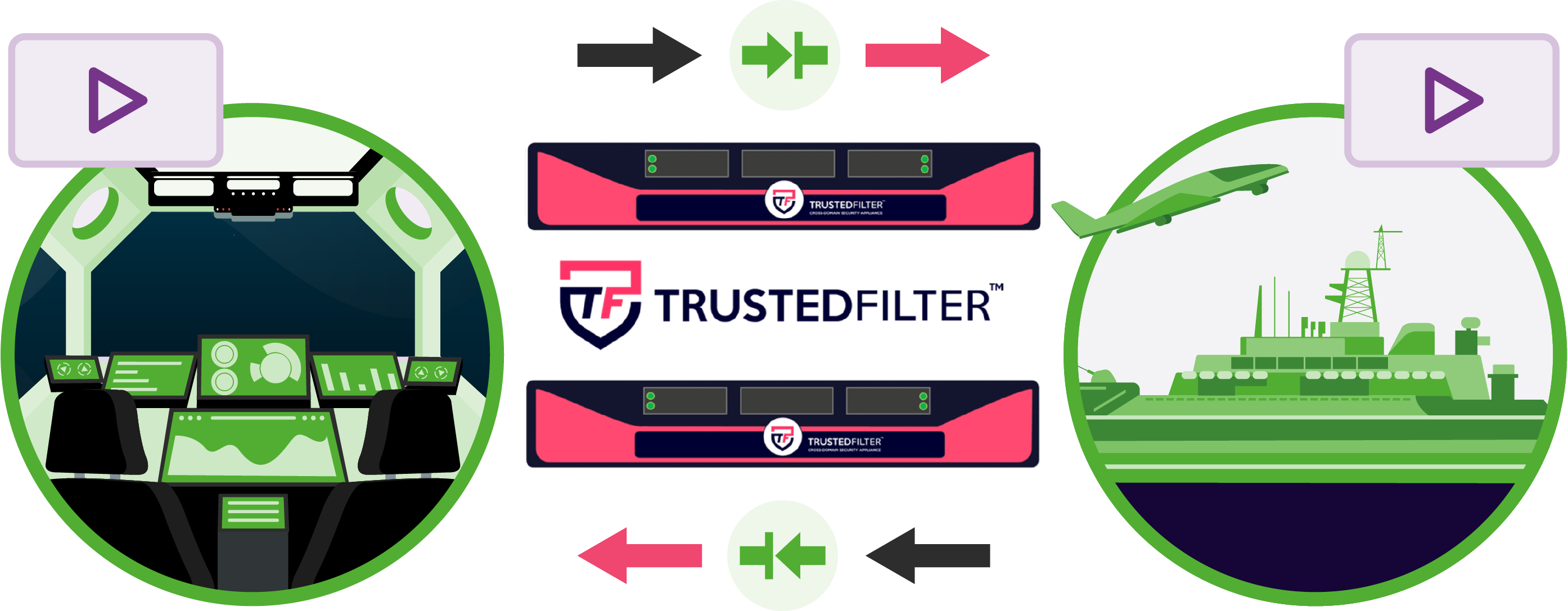
IT/OT Secure Connection
As operational technology (OT) environments become more connected, the need for secure, reliable integration with IT networks has never been greater. Bridging IT and OT enables real-time data exchange, enhanced visibility, and improved operational efficiency, but it also introduces cyber risks that traditional security measures cannot address.
Without the right safeguards, critical infrastructure, industrial control systems (ICS), and SCADA networks become vulnerable to cyber threats, compliance risks, and operational disruption.
4Secure delivers tailored solutions that enable controlled, policy-enforced data exchange without compromising operational integrity. Our approach combines hardware-enforced security, intelligent data filtering, and deep protocol inspection – ensuring that only authorised, sanitised data can flow between environments. 4Secure solutions ensure organisations achieve seamless IT-OT integration with full confidence in their security and compliance.